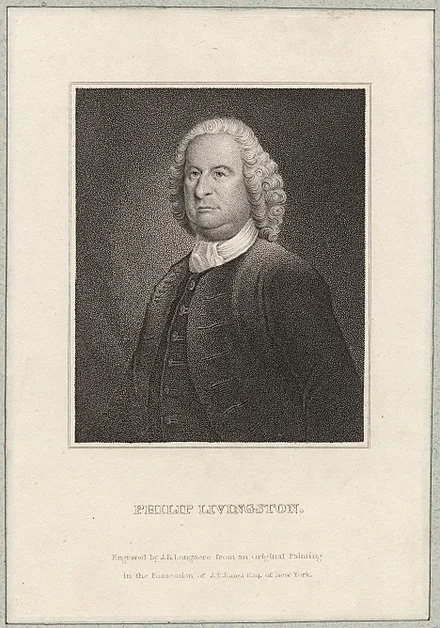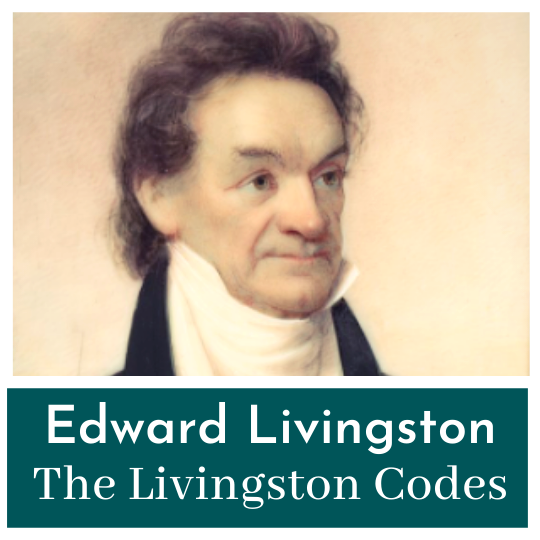Robert R. Livingston - The Chancellor
Updated 8/4/21
Robert R. Livingston was involved with declaring independence, Washington's oath of office, and the Louisiana Purchase.
Robert Livingston
Robert Livingston came from one of the most important families in 18th century New York. He was well educated and by the age of 27 became Recorder of New York City, an important legal position of the day.
Soon thereafter, he was removed as Recorder for siding with the Patriots in the American Revolution.
Livingston was sent to represent New York at the Second Continental Congress, of which he would be a member on and off for over a decade.
The Declaration of Independence
Robert Livingston was selected by the Continental Congress to sit on the Committee of Five which drafted the Declaration of Independence.
Although Thomas Jefferson is famously the primary author of the Declaration, the other Committee members would have had been the first to read that important document. While John Adams and Benjamin Franklin were the only ones to make changes, Livingston and Roger Sherman would have had to approve anything that was submitted to Congress.
Although Livingston argued and voted for independence (being present on the 4th of July), he was recalled back to New York before August 2nd when the signing took place. Because of this, he is the only member on the Committee of Five not to sign the Declaration.
Chancellor
Upon returning to New York Livingston was elected Chancellor, a position he would hold for twenty-five years. In this office he was head of the judiciary branch of the State, comparable to a Chief Justice.
While Chancellor, the Continental Congress called on him again.
Robert was asked to serve as Secretary of Foreign Affairs from 1781 through the end of the war.
Washington's Oath of Office
In 1789, the United States Government convened in New York for the first time under the Constitution.
As Chancellor, Robert Livingston was given the honor of administering the first presidential oath of office to George Washington.
The Livingston Bible is now in the possession of the Freemason Grandmaster Lodge of New York, an organization which Robert had been Grandmaster of.
Louisiana Purchase
Livingston resigned the Chancellorship in 1801 when asked to serve the Jefferson administration as Minister to France. While there, he met frequently with Napoleon’s ambassadors.
Robert was the first American who was offered to purchase Louisiana.
Two years later Livingston (along with James Monroe) signed the Louisiana Purchase, doubling the territory covered by the United States of America.
Steam
Upon returning to New York, Livingston became embroiled in the ‘Steam Wars.’ He worked with Robert Fulton and was granted the exclusive right to operate a steamboat on the Hudson River.
This boat, Clermont, was the first in the world to demonstrate that steam could be used for water travel.
Clermont sailed from New York City to Albany in half the time it previously took. Livingston’s home (also called Clermont) was the halfway point and the ship’s main port.
Robert would spend his later years as a member of the Erie Canal Commission.
As most of the information in this article are small clips discussing Robert Livingston's part in much larger American events, there is not room here for me to list all of the related links you can visit to learn more. If you are interested in his fascinating life, I recommend the George Dangerfield book below. 'Negotiating the Louisiana Purchase' is also a fun read.
There is also still plenty of time to pick up our Book of the Month 'Plain, Honest Men.'
For a new Founder every day, subscribe to my email list.







